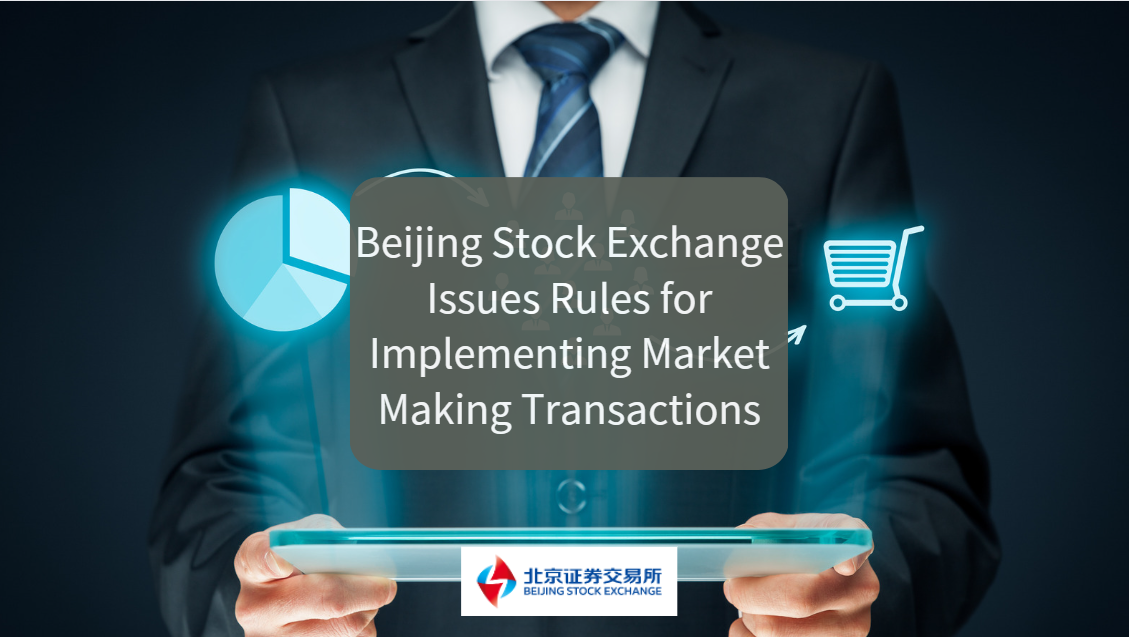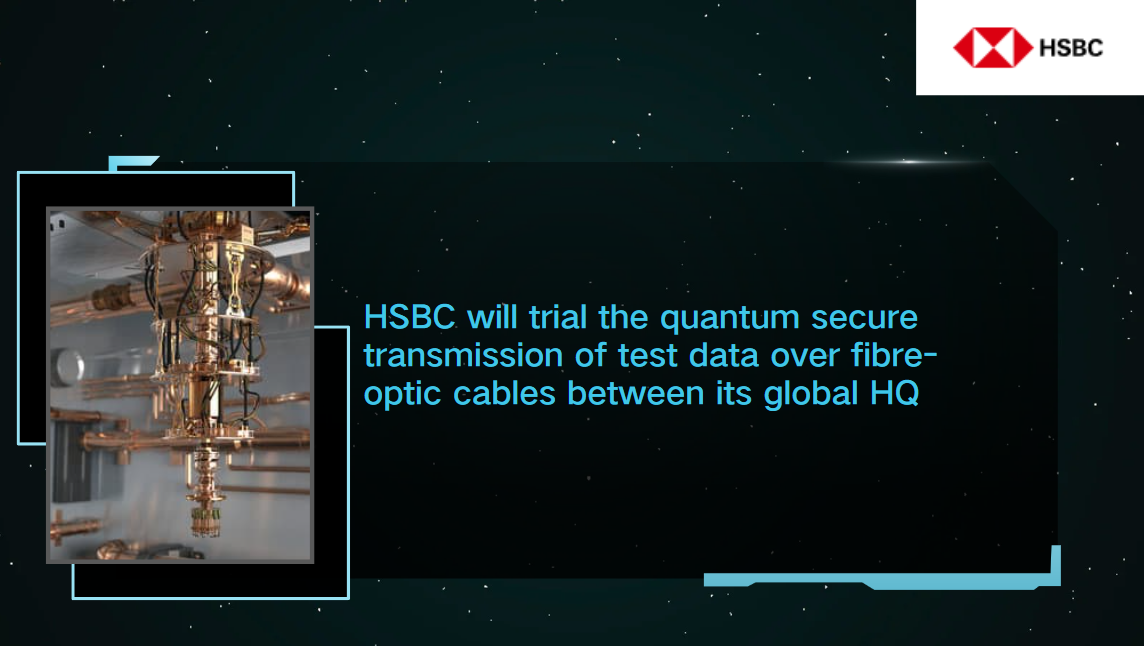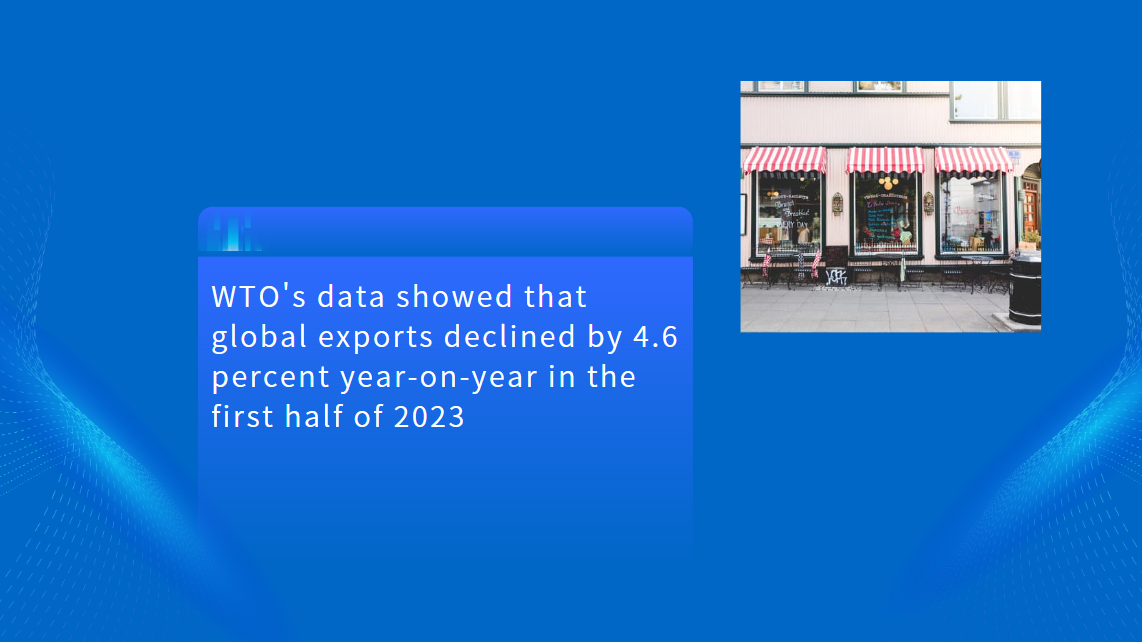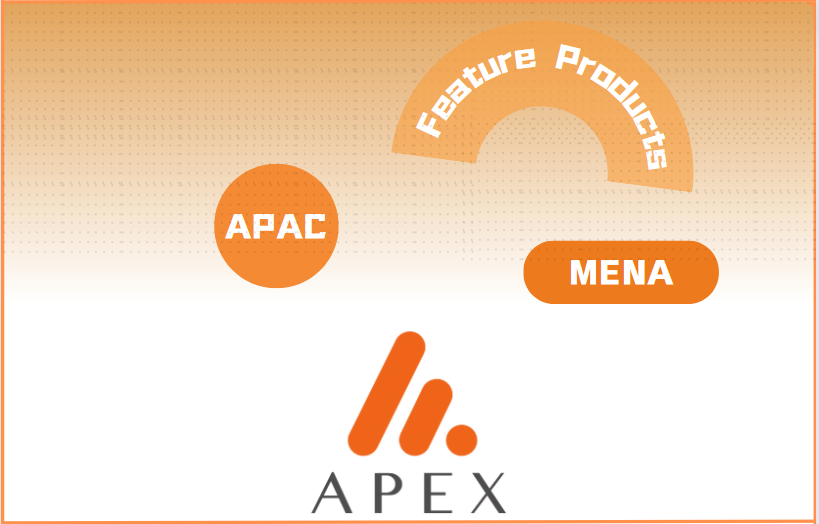How macroeconomic indicators and AI influence deal outcomes in M&A
Macroeconomic data/insight plays a crucial role in mergers and acquisitions (M&A) by influencing factors like deal valuations, financing costs, and overall market conditions.
The opinions expressed here are those of the authors. They do not necessarily reflect the views or positions of UK Finance or its members.
Understanding macroeconomic trends, such as GDP growth, interest rates, and inflation, helps institutions assess the viability and potential success of M&A transactions.
When coupled with robust scenario modelling it provides that additional level of contingency planning support, empowering the M&A team to prepare alternative plans and mitigate risk based on scenario-specific consumer and economic behaviour.
The collaboration of owned and macroeconomic data, powered by generative AI, can be a gamechanger for buyers who are scouring the market for the next purchase. Advantages include better target identification, faster and enhanced due diligence, as well as better informed pricing and structuring decisions with the ability to scenario analyse and stress test the valuations. Post integration, it can enhance forecasting accuracy for each of the acquired/portfolio companies.
However, whilst AI is the latest revolutionary change that is impacting the world, there are some other important considerations to keep in mind. One is bias and accuracy. AI is only as good as the data that is being used. If there is bias in historical data sets or inconsistencies and errors, then the output received will not have the value that is expected.
When it comes to the buy side of due diligence, the buyer needs to take the bias of the data set into account when evaluating and pricing an acquisition. The target company has an incentive to maximise the value of the business, to not only make it look more attractive, but to also extract a higher sale price.
Another area that needs further consideration is that the person interacting with the AI needs to understand how to get the best out of it. Just like with what are now considered traditional search engines, the output is only as good as the search term included. Therefore, the initial question and the auxiliary prompts not only need to be carefully thought out, but also the user needs to make sure they understand the output they have received and whether the correct context has been applied.
All these topics will be explored in more detail at the upcoming UK Finance M&A Conference, taking place on 7 July. Rich Wagner, Field CTO at Board, is looking forward to contributing to the ‘Group chat: Tech and AI in focus: transforming deal execution and deal dynamics’ session.






















































First, please LoginComment After ~